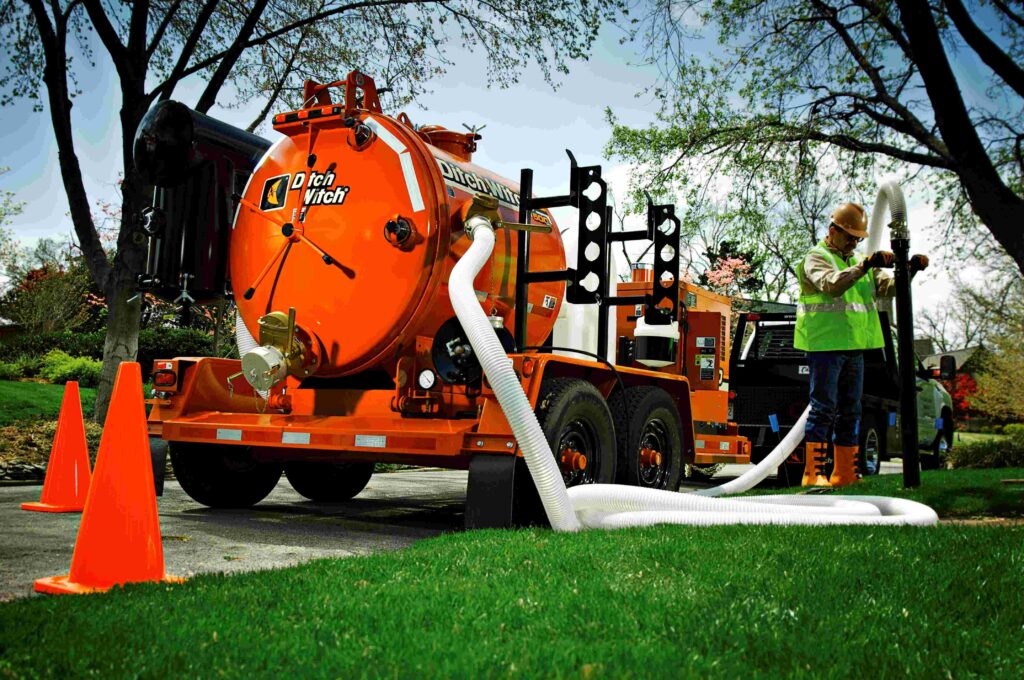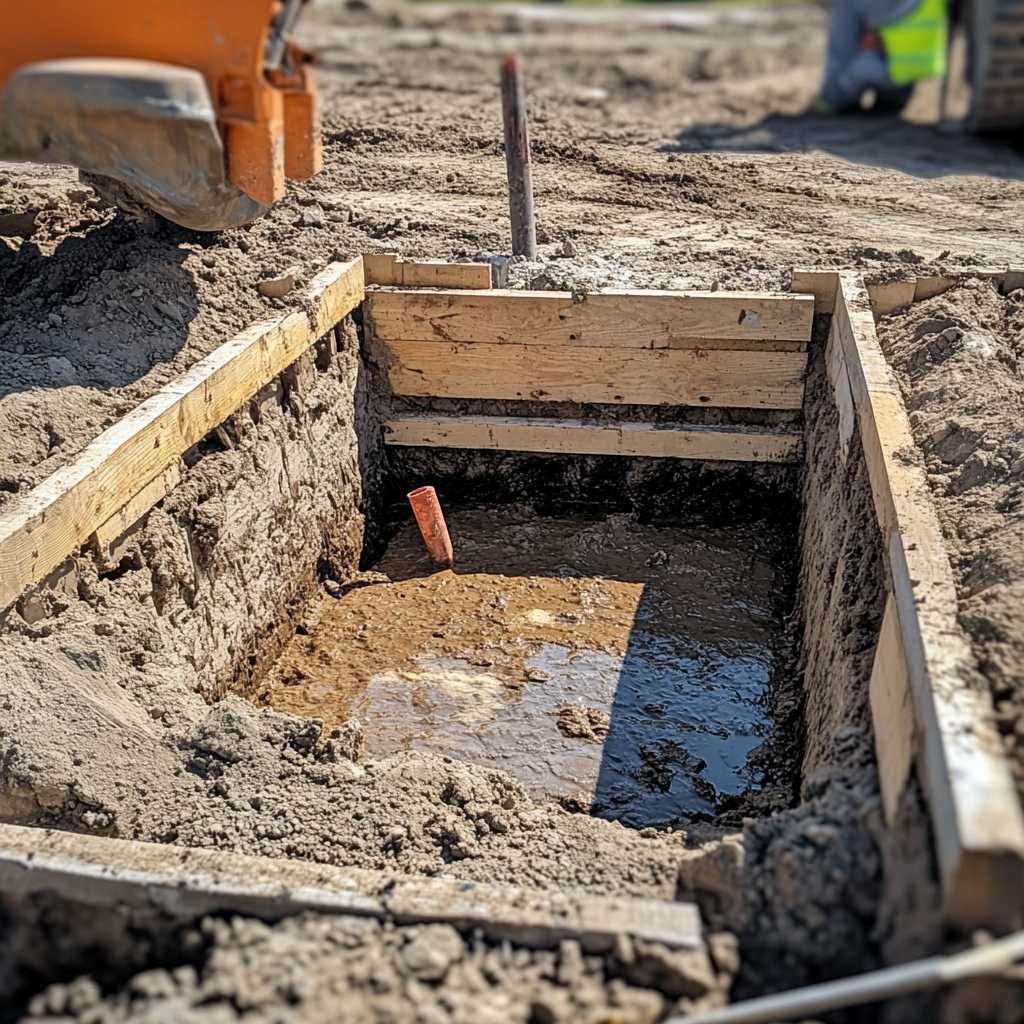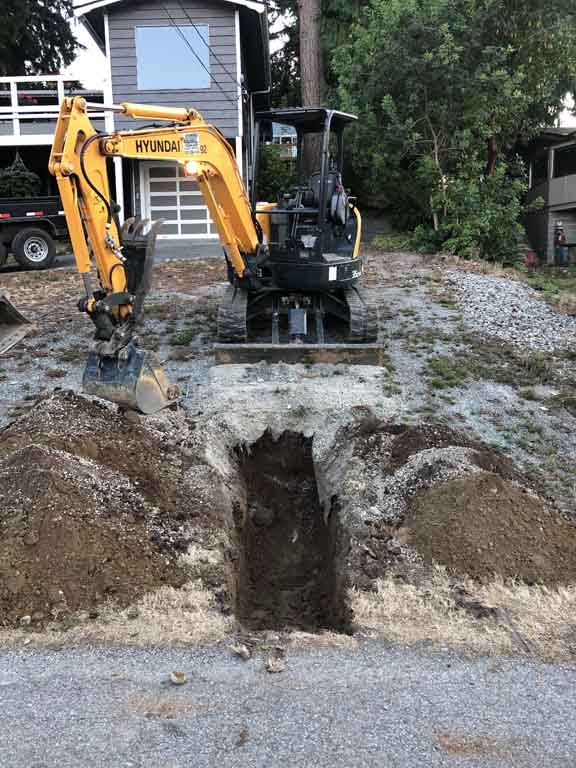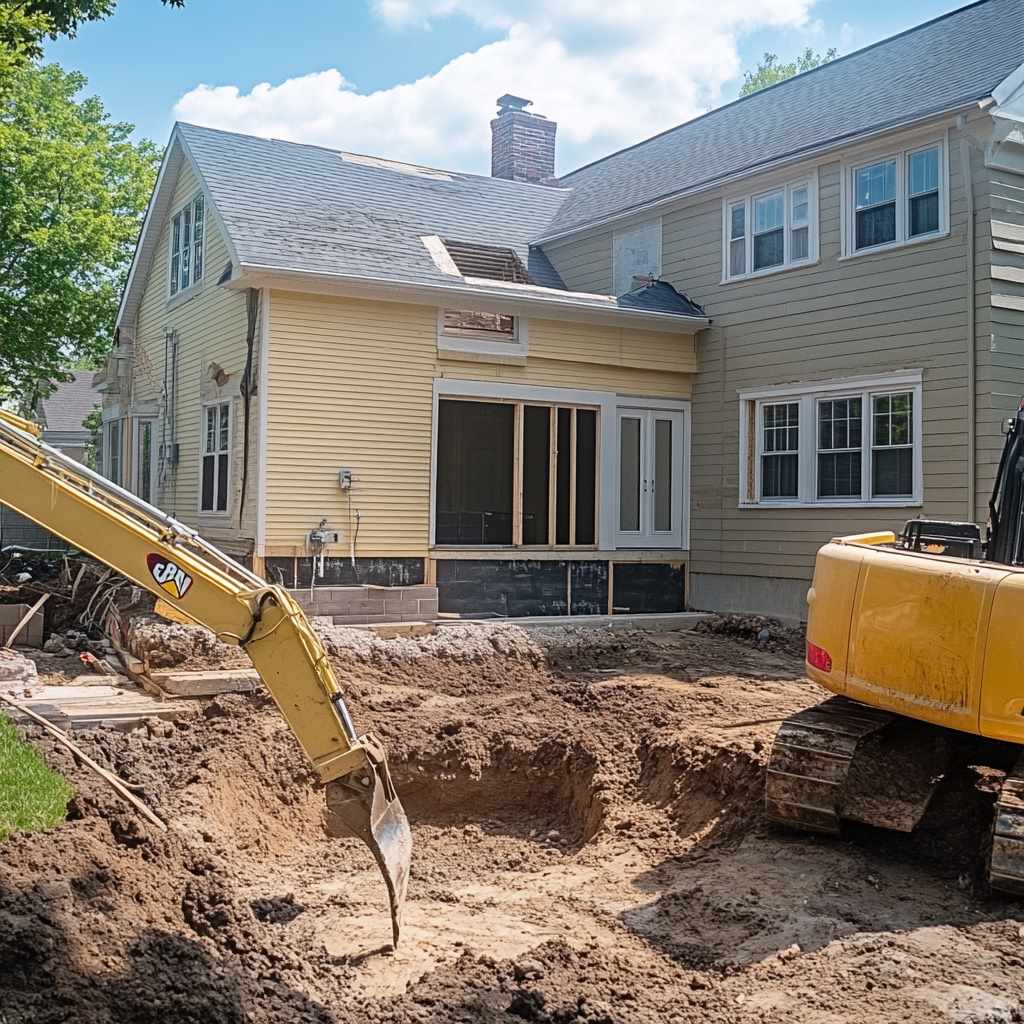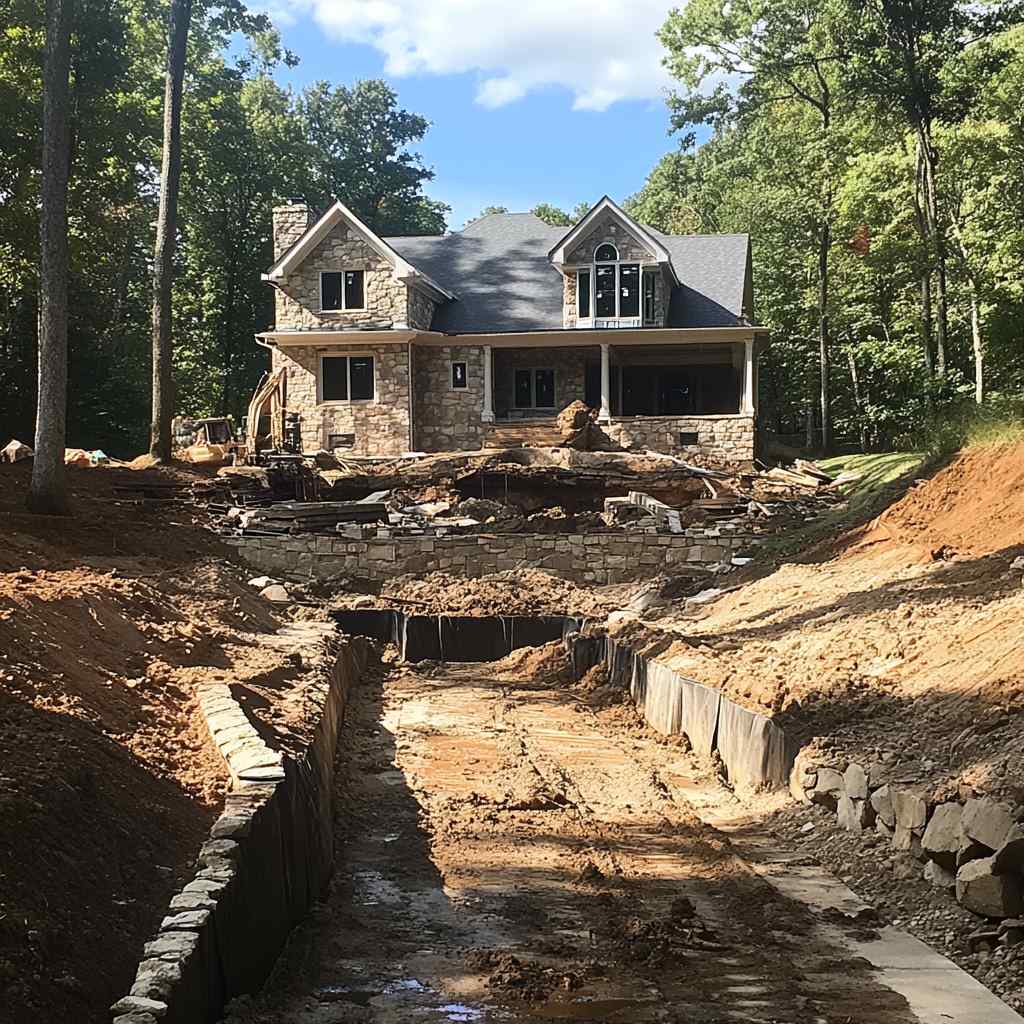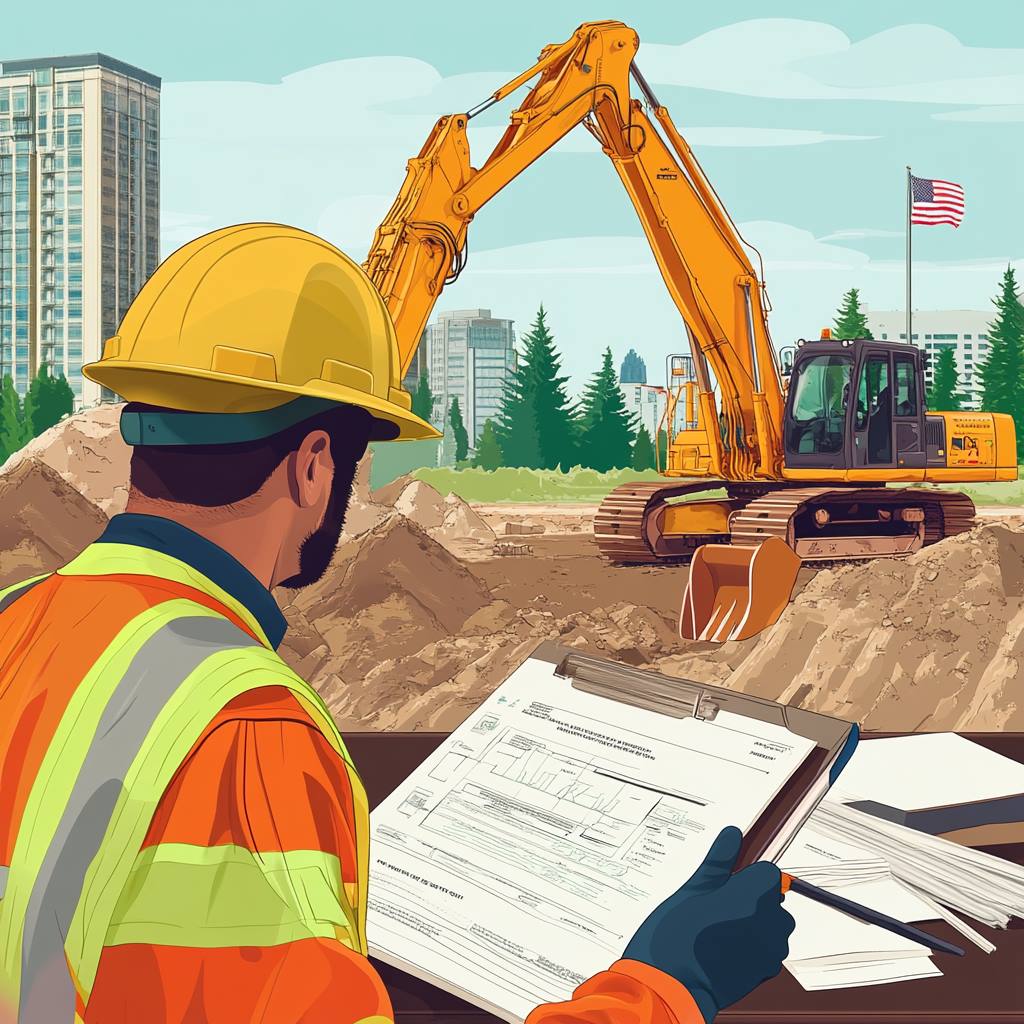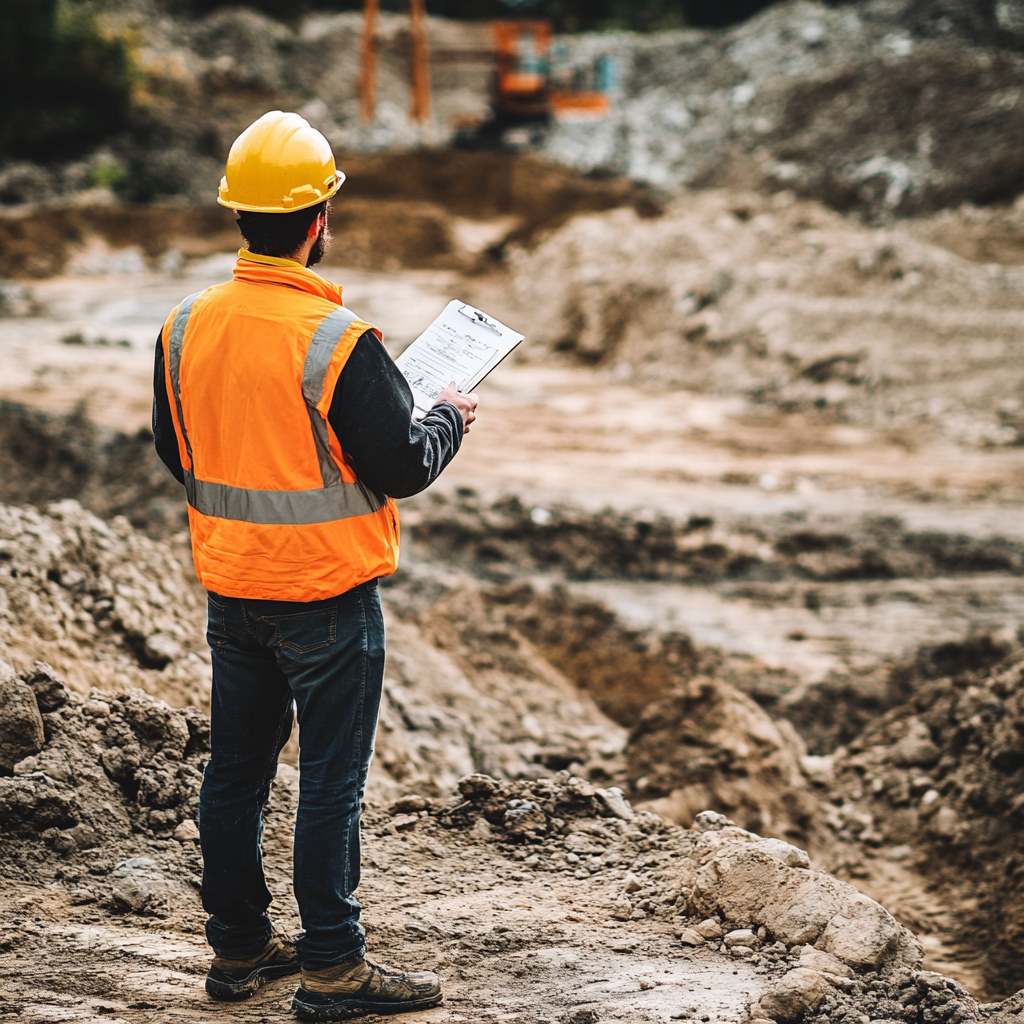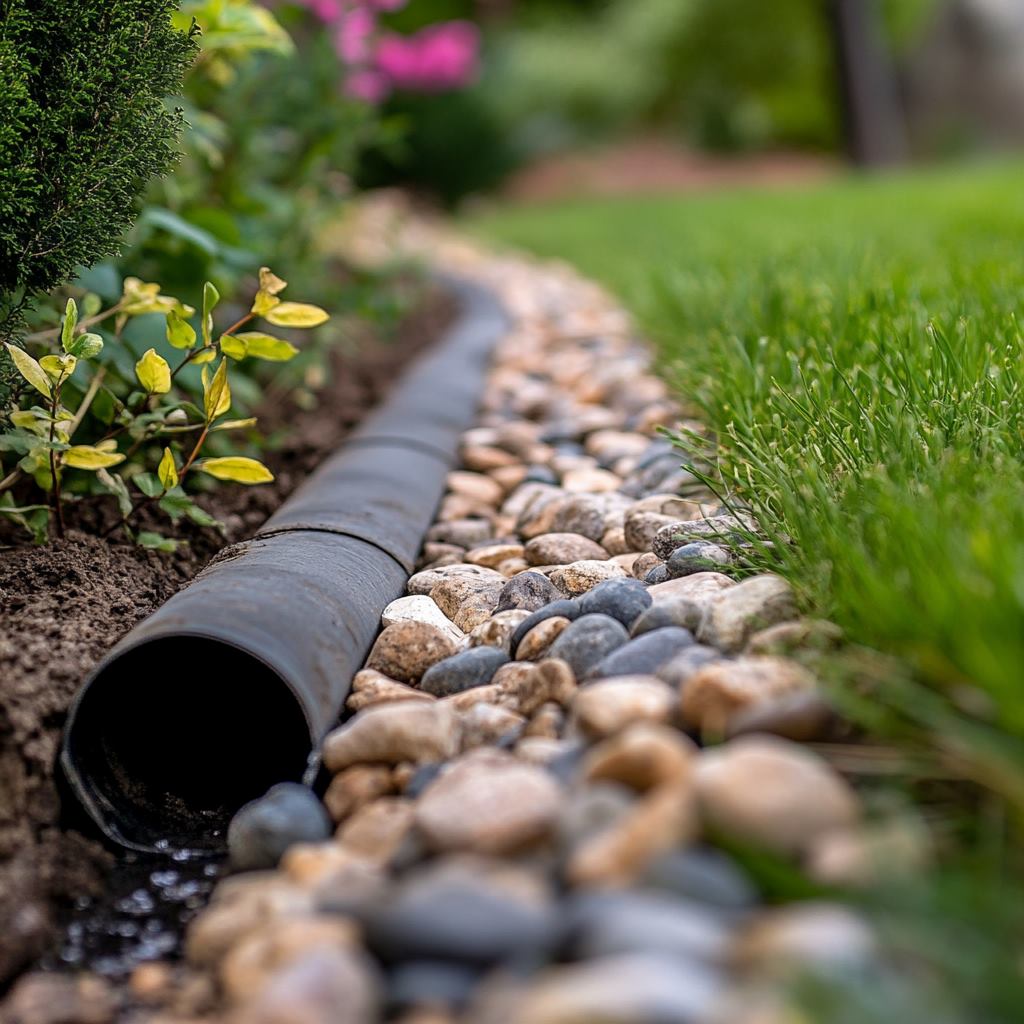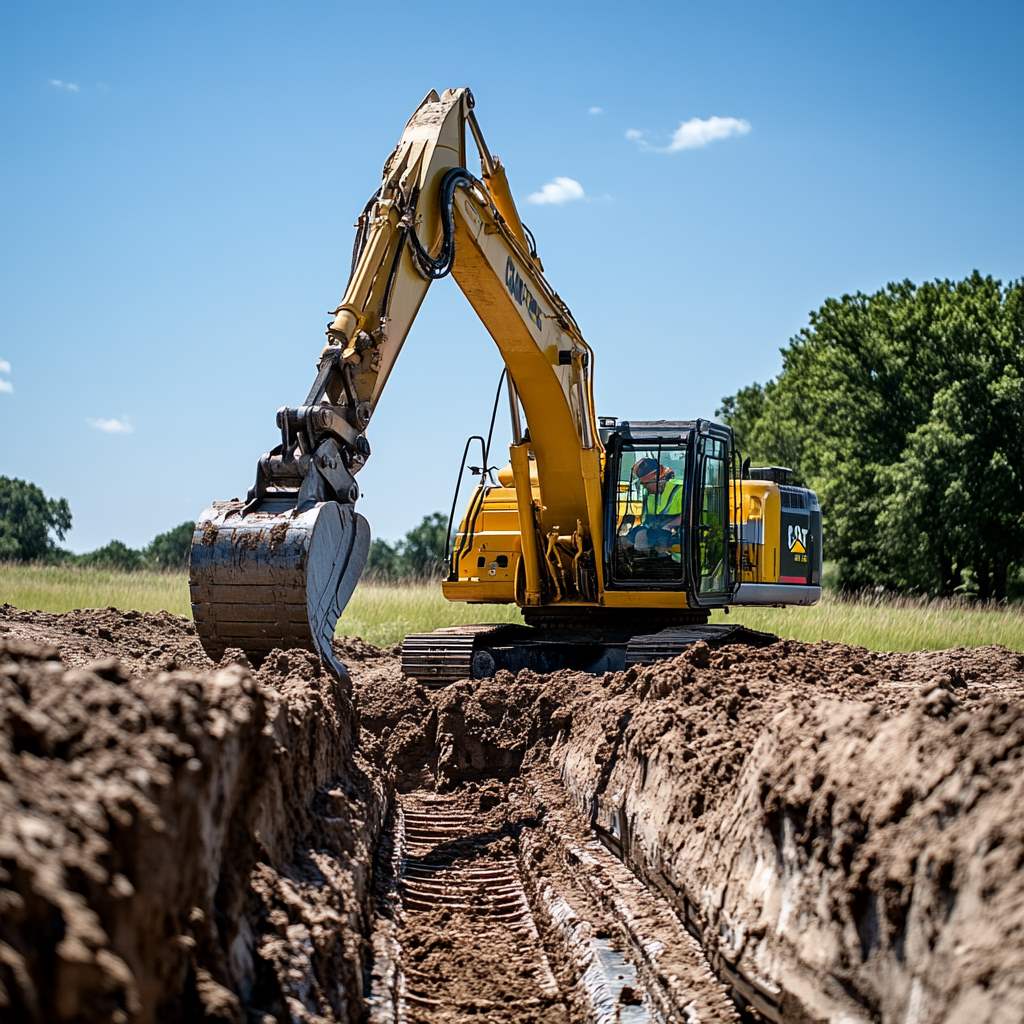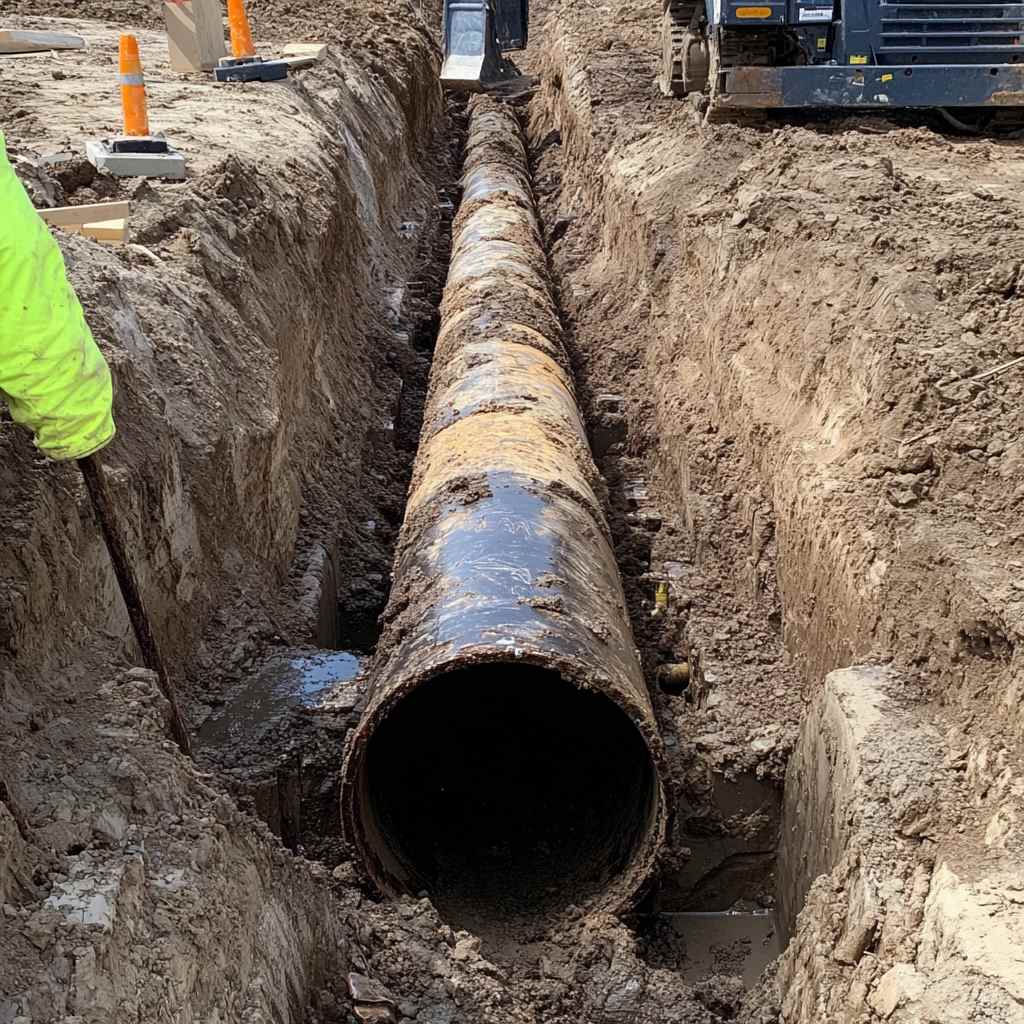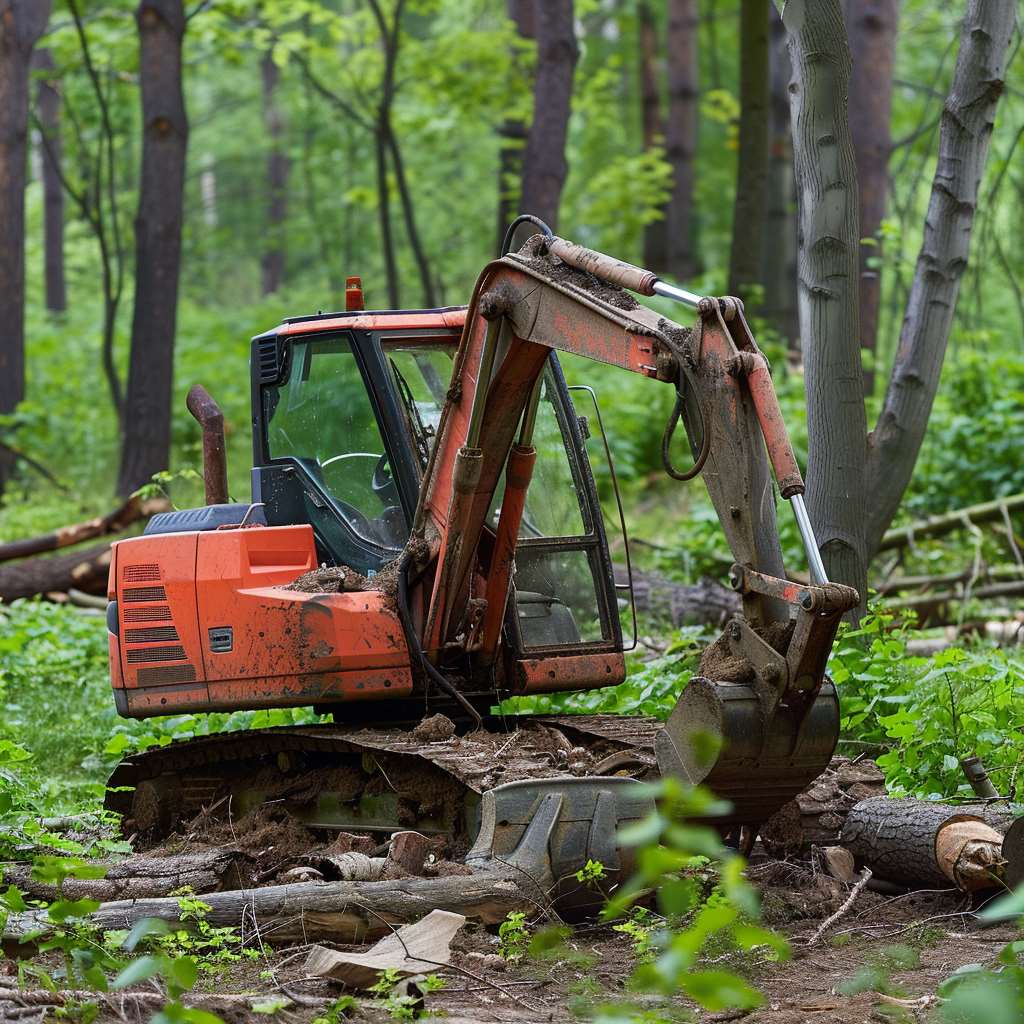What is Air Excavation?
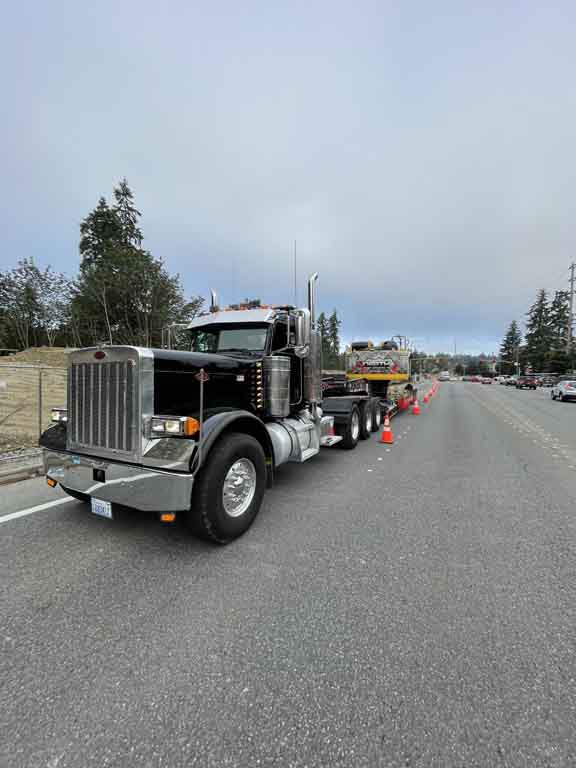
At In-Depth Excavation, they believe better results come from better methods. One approach we trust for delicate digging jobs is air excavation. This technique offers a safer, more accurate way to expose underground utilities without the risks that come with traditional digging.
Air excavation uses compressed air to break up soil, which is then sucked away by a vacuum system. It works especially well around sensitive lines like gas, fiber optics, and water pipes, helping avoid costly or dangerous damage.
Air excavation is a non-destructive digging method that uses compressed air to loosen soil before vacuuming it away. Instead of using sharp metal tools or heavy machinery, workers guide pressurized air into the ground, gently breaking it apart. This method is safer when working near underground utilities, tree roots, or other structures you don’t want to disturb.
It’s often used in utility locating, potholing, trenching, and even some landscaping projects where precision matters more than speed.
What Are The Different Types of Air Excavation?
Air excavation is not a one-size-fits-all technique. Depending on the job site and what lies underground, you’ll want to choose the method that fits the situation best.
Soft Dig (Vacuum Excavation):
This approach is ideal when you need to be as careful as possible. Soft dig uses gentle air pressure to loosen soil, then a vacuum system pulls the debris out. It’s often the method of choice when working near fragile utilities like fiber optic cables, gas lines, and water pipes. Since the air moves around objects without cutting or breaking them, the risk of accidental damage is very low. It’s also a preferred method for urban areas where underground networks can be complicated and dense.High-Pressure Air Excavation:
When the ground is tougher or packed tightly, high-pressure air excavation comes into play. This method uses stronger blasts of compressed air to break apart heavy or compacted soil that soft dig might struggle with. It’s a good option for job sites with clay-heavy soils, rocky conditions, or areas where old infrastructure might be buried deeper under layers of hard earth. Even though it’s more aggressive, it still protects nearby utilities better than traditional digging with shovels or machines.
Choosing between soft dig and high-pressure methods usually depends on three things: soil type, the depth of the dig, and how delicate the buried materials are.
Tools Used For Air Excavation
A good air excavation job doesn’t happen without the right equipment. Each tool plays a specific role in making the process faster, safer, and more controlled.
Air Vacuum Trucks:
These heavy-duty vehicles are equipped with strong vacuum systems designed to pull loose soil, debris, and other materials out of the excavation site. The vacuum truck collects the material into a storage tank for safe disposal later. This keeps the site clean and reduces the chance of a mess spreading to other areas.Air Compressors:
Compressors are the muscle behind the air excavation process. They create the pressurized air that workers direct into the soil. A reliable compressor must produce steady, powerful airflow, strong enough to loosen different types of soil without losing pressure during long jobs.Hoses and Nozzles:
Hoses act as the connection between the compressor and the excavation point. Different nozzles can be attached to control the direction, speed, and spread of the air. Some nozzles are designed for tight, focused digging, while others spread the air over a wider surface to loosen a bigger area quickly.Safety Gear:
Digging with high-pressure air means flying debris, dust, and noise. Workers wear hard hats, gloves, steel-toed boots, and eye protection to reduce injury risks. In dusty environments, respirators might also be used to protect breathing.
Can I Do Air Excavation Myself?
While DIY air excavation is possible, it requires specific training and understanding of safety protocols.
For Air excavation you’ll need the proper equipment which could cost quite the pretty penny.
For most, especially in complex or large-scale projects, it’s advisable to engage professional services like those offered by In-Depth Excavation.
Things to Consider When Doing Air Excavation
Before any air excavation project, it’s crucial to conduct a thorough site assessment, understand local regulations and permits, and take the proper safety measures to prevent accidents.
Don’t forget to stretch and drink water. Self-care is important for any task.
Air Excavation vs Standard Excavation
Air Excavation vs Standard Excavation
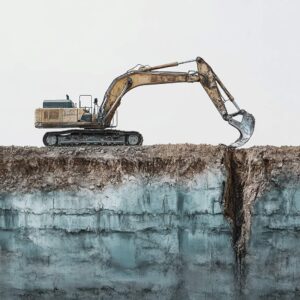
Air excavation and traditional excavation each have their place, but they work very differently depending on what you need done.
Air excavation stands out because it:
Reduces the risk of utility damage: Since it uses air instead of metal tools or heavy machinery, there is much less chance of accidentally hitting gas lines, water pipes, or fiber optic cables.
Offers better precision: Crews can target small areas without disturbing the ground around it, which is important in crowded utility corridors or around tree roots.
Tends to be quicker and cleaner: Air excavation keeps mess to a minimum, making it easier to work in busy areas without causing a big disruption.
Even with those advantages, air excavation is not always the best choice for every job. Traditional excavation, using machines like backhoes or excavators, can be faster and more cost-effective when there are fewer underground risks or when digging over a wide area.
Growing up, I always called excavators “backhoes,” mostly because of that big hoe attachment on the back. In many cases, if you or your hired professional already have access to an excavator, it might be the smarter option. For big digs, rough terrain, or projects where pinpoint precision is less important, standard excavation still gets the job done well.
In the end, choosing between air excavation and standard excavation depends on your project’s needs: the site conditions, what lies underground, your timeline, and your budget.
In conclusion, air excavation is a remarkable technique that combines efficiency, safety, and precision. At In-Depth Excavation, we pride ourselves on harnessing this innovative method to deliver exceptional services to our clients. Whether you’re planning a small project or a large-scale operation, our team of experienced professionals is equipped to handle all your excavation needs. Remember, your hole is our goal, and we’re dedicated to ensuring your project’s success with minimal disruption and maximum safety. Contact us for expert guidance and service that you can rely on.
FAQ for Storm Drain Installation in Snohomish County WA
Air excavation is a non-destructive method that uses compressed air to loosen soil, which is then extracted with a vacuum. It differs from traditional excavation in that it minimizes the risk of damaging underground utilities and is generally safer and more precise.
We offer a wide range of services including excavation, demolition, driveway installation and repair, land clearing and grading, as well as side sewer and storm drain installation and repair.
Air excavation is versatile and can be used for a variety of projects, especially where precision is needed or when working near delicate underground utilities. However, its suitability depends on the specific requirements of each project.
While it is possible, air excavation requires specialized equipment and knowledge of safety protocols. We recommend hiring professionals like In-Depth Excavation for such tasks to ensure safety and efficiency.
Safety is our top priority. We conduct thorough site assessments, adhere to all legal regulations and permits, and use state-of-the-art equipment operated by our trained professionals to ensure the highest safety standards.
Regular maintenance is crucial for storm drains to function effectively. It’s recommended to have them inspected and cleaned at least annually, but this may vary based on local conditions and usage.
With over 60 years of combined experience, we pride ourselves on our professionalism, responsiveness, and customer-focused service. We use the latest technology and bring extensive knowledge to every project, ensuring top-quality results.


